Biogas - the all-rounder among renewables
Biogas is an eco-friendly energy source. It can be used to generate heat or as a fuel. But an extensive upgrading process is required before biogas is fed into the natural gas grid. Highly selective polymer membranes SEPURAN® Green from Evonik convert raw biogas simply and efficiently into highly pure biomethane and Bio-CO2 which can also be used as valuable raw material source.
Common separation methods such as pressurized water scrubbing, pressure swing adsorption, and amine scrubbing have considerable disadvantages: They need comparatively large amounts of energy as well as auxiliary materials and chemicals. Wastes and wastewater are generated that must be treated and disposed of. Further, the biogas after upgrading is usually at low pressure. Before it is fed into a medium-pressure grid, it needs to be compressed to 15-20 bar by, for example, an additional compressor. Conventional upgrading plants are therefore usually cost effective only for raw biogas quantities significantly in excess of 500 standard cubic meters per hour (Nm³/h). This usually makes them unsuitable for decentralized energy supply with a large number of relatively small plants.
In addition to those biogas upgrading technologies, membrane-based CO2 removal from biogas stream has become increasingly established in recent years. Thanks to highly efficient and highly selective membranes, it is possible to separate CO2 almost completely from methane in a compact 3-stage process. In some European countries such as France, Switzerland, Italy or Great Britain, membrane processes for biogas upgrading already have a market share of >60%. The advantage of membrane upgrading plants over conventional technologies lies, among other things, in the simplicity of the process and the low maintenance requirements. Of course, the spread of biogas upgrading plants is also influenced by local conditions and regulations as well as national incentives.
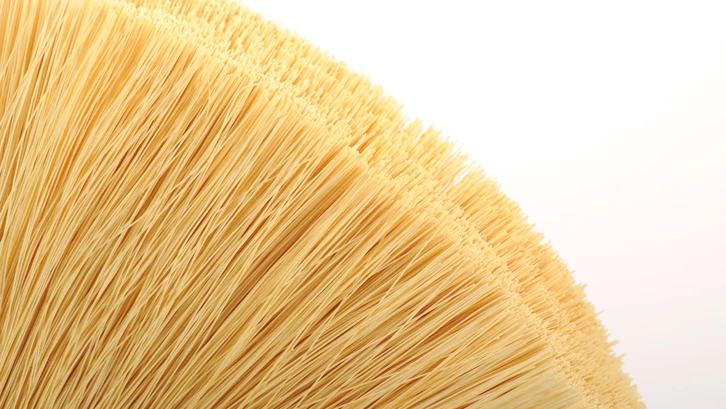
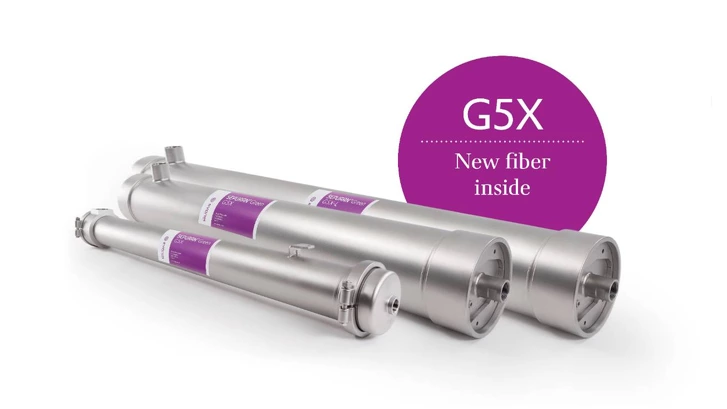
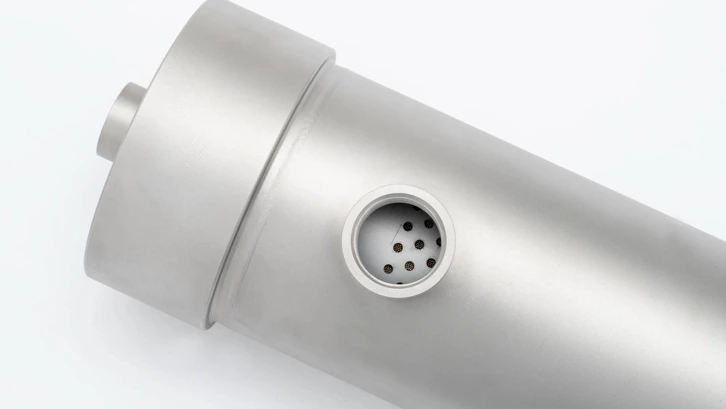
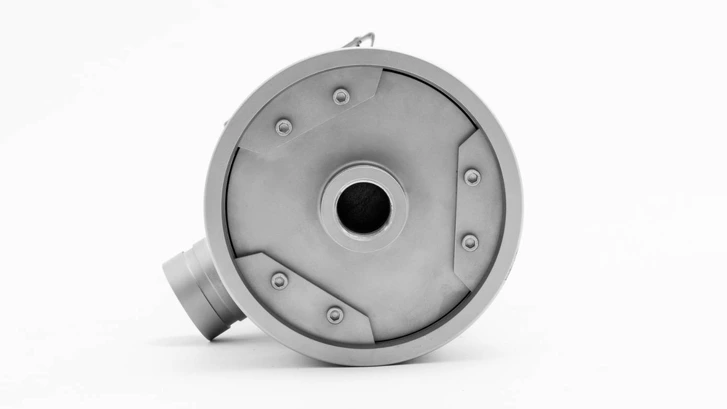
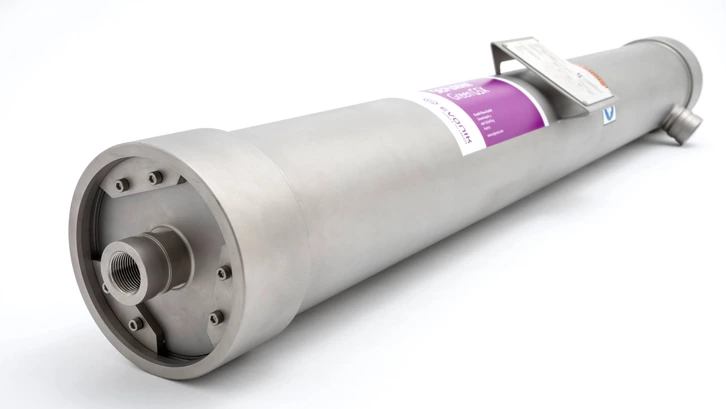
EFFICIENT BIOGAS UPGRADING USING POLYIMDE MEMBRANES
Polyimide membranes are the most widely used membrane treatment systems. At the turn of the century, membrane processes were still struggling with a lack of efficiency in terms of yield and selectivity, but this disadvantage has been eliminated by improved process control and improved selectivity thanks to new polymer solutions. Evonik has been producing high-performance polyimide-based plastics since the 1980s, which in turn are processed into high-performance filter materials. In the form of filter bags, these are used very successfully in flue gas cleaning, for example. The basis of this success is, among other things, the high resistance to temperature and pollutants in the flue gas. Filtering or separating is also the main task in the new field of application of this high-performance plastic. The corresponding polyimide and its properties have been modified and further developed accordingly in order to separate gas molecules from each other in a new field of application instead of dusts from flue gas.
The decisive factor here is not only the right material, but also the shape of the filters. For this purpose, it is necessary to spin the polymer into fine hollow fibres and at the same time create properties that enable the separation of gas mixtures such as nitrogen and oxygen or methane and CO2 from each other in a highly efficient and energy-saving manner. Gas separation using membrane technology takes advantage of the different molecular sizes and molecular interactions. Membrane cartridges and modules are manufactured from these hollow fibre membrane bundles, which are used as membrane systems for gas separation.
Once biogas has been upgraded, its components can be used in a variety of ways:
|
APPLICATIONS |
CONTENT |
DESCRIPTION |
|
Biomethane |
The chemical molecule of biomethane is the same as that of natural gas - CH4. Biomethane can therefore be used as a natural gas equivalent in chemical processes. |
|
|
Biomethane |
Biomethane can be use as a energy source for domestic heating or even in the generation of electricity to fully substitute natural gas and lower CO2 emissions. |
|
|
Biomethane |
Liquified biomethane - Bio-LNG - is alrady today a proven technology for eco-friendly transportation fo goods contributing to reduce exhaust emissions. |
|
|
Biomethane |
Compressed biomethane - Bio-CNG - on the other hand is a great renewable fuel alternative for municipal vehicles like garbae trucks or city busses. |
|
|
Methanation |
Bio-CO2 |
Bio-CO2 from biogas upgrading process can be directly feed via pipeline into a methanation plant for production of synthetic methane. |
|
Food and beverage |
Bio-CO2 |
Bio-CO2 can be liquified onsite to be available and transportable for the food and beverage industry. |
|
Greenhouses |
Bio-CO2 |
High purity Bio-CO2 can be supplied to agriculture production of, for instance, tomatos or other greenhouse plants to regulate plants growth. |
|
Industrial production |
Bio-CO2 |
Liquid Bio-CO2 is a valuable regenerative raw material for several industrial processes. |
Renewable raw materials for various use

HIGH PURITY BIOMETHANE WITH 3-STAGE INTERCONNECTION
In the biogas upgrading process, the raw gas is compressed and fed into the interior of the hollow fibre membrane (feed side), the CO2 is mainly directed to the outside (permeate side) due to the properties of the membrane, the methane collects at the end of the membrane (retentate side) in a highly concentrated form. By means of multi-stage interconnection it is possible to achieve a separation of the gas mixture of nearly 100%, usually the methane is available with a purity of >95% and CO2 with a purity of >99%. Depending on the application, higher purities are also possible.
A small part of the biogas upgrading plants with SEPURAN® membranes realized overseas in the last years were equipped with a 2-stage membrane process. The desired product quality can be adjusted as desired, but due to the accompanying methane loss, this interconnection is not sufficient for European standards. On the European continent, the 3-stage treatment process has been used throughout due to the highest efficiency in the use of the SEPURAN® Green Membrane. Here, stage 1 and stage 2 are connected in series, but stage 3 is connected in parallel to stage 1. With this configuration, it was possible for the first time to obtain a very pure product with the highest methane yield using only one compressor.






